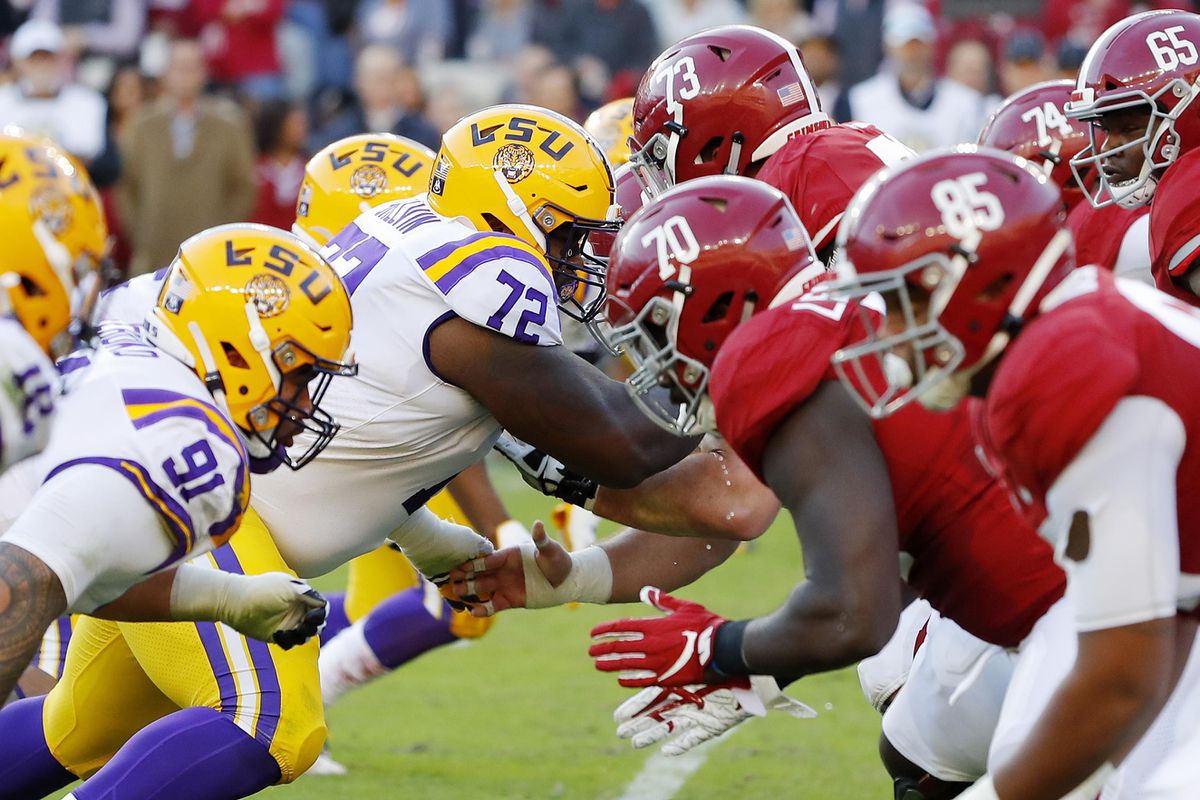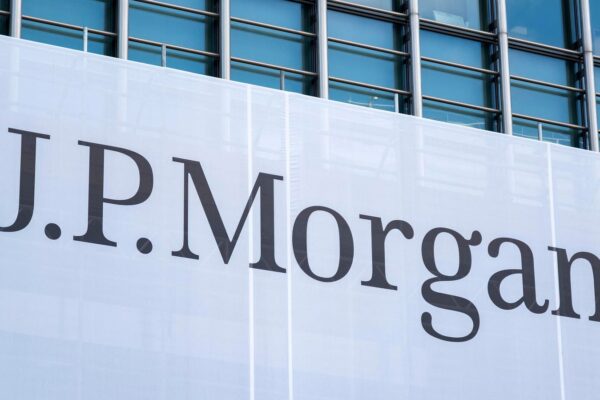College Athletes Are Ready To Reap The Rewards Of A Billion-Dollar NIL Market. Opendorse Is Here To Help.
Experts say the bar for high-quality athletes in revenue drivers like basketball and football could be in the six-figure range, possibly millions.
Kevin C. Cox/Getty Images When Blake Lawrence cofounded athlete marketing platform Opendorse in 2012, the idea of college athletes turning a profit on sponsorships and endorsements was a pipe dream, outlawed by the NCAA.
But Lawrence could see the opportunity—and now, with laws allowing college athletes to profit from their name, image and likeness (NIL) for the first time set to take effect in six states on July 1, his faith is about to be rewarded.
“This is going to be a no-sleep July,” Lawrence tells Forbes.
It’s quite possible that the impending arrival of NIL laws could redefine the college athletics landscape—and Lawrence’s business. He has been waiting patiently, fine-tuning his startup into a multi-faceted platform that connects brands with players and helps them turn social media posts into profits.
NIL legislation has been years in the making, dating back to former UCLA basketball player Ed O’Bannon’s class-action antitrust lawsuit in 2009 challenging the NCAA’s right to use the images and likenesses of athletes for commercial purposes. Nineteen states have now passed laws allowing college athletes to profit from their NIL rights through sponsorships, private training classes and even autograph and merchandise sales. With Alabama, Florida, Georgia, Mississippi, New Mexico and Texas expecting their laws to go into effect next Thursday, athletes now find themselves in a position to potentially earn some big bucks. Opendorse projects the NIL market will be worth $500 million in 2022, its first full year, before maturing to roughly $1 billion annually.
“Every founder dreams of a regulatory change that creates a billion-dollar market in their space overnight,” Lawrence, 32, says.
But while the market is just now materializing, it’s a moment Lawrence has been anticipating since founding Opendorse with fellow Nebraska football player Adi Kunalic, 32, nine years ago. With about half of the company’s more than $10 million in revenue coming from the college sports business—more than 100 athletic departments use Opendorse’s suite of tools in some way, and roughly 75% of the 40,000 athletes on the platform are college students—Lawrence is digging in for a massive growth opportunity.
“This is a multibillion-dollar industry that is pretending it’s not,” says Dr. Dan Rascher, director of sports management at the University of San Francisco, adding, “From a business perspective, this is one of the rare chances to look at a new market opening up right in front of us.”
The genesis of Opendorse came more than a decade ago, when Lawrence’s friend and college teammate Prince Amukamara called him with a request. Even in one of the world’s most prominent media markets, Amukamara, a first-round draft pick with the New York Giants in 2011, was struggling to market and monetize his brand. Lawrence, recognizing his friend wasn’t the only athlete with this dilemma, took lessons from a social media agency he had started, after injuries forced him out of football, and formed Opendorse.
Opendorse Cofounder and CEO Blake Lawrence
Opendorse Athletes can use Opendorse’s mobile app to find and consummate deals directly with sponsors, educate themselves on the market, obtain licensed in-game photos and videos for social media and access a compliance and value assessment, which Lawrence equates to real-estate marketplace Zillow’s “zestimate” tool that provides buyers with a home-value assessment.
To the benefit of Opendorse, and competitors in the space like Playbooked and INFLCR, the emergence of the NIL market is creating a new battleground among top college athletics programs. Just as schools once battled to build over-the-top athletic facilities, the ability to market athletes is poised to become a major selling point in attracting recruits and soliciting donations. Now, universities find themselves in a position where they can spend more money to support their athletes than ever before.
According to contracts obtained by Forbes, Power 5 schools like Ohio State, Clemson and Florida are shelling out five figures annually for access to Opendorse’s services. The return on investment for their athletes could be exponentially higher. Experts say top-performing athletes in sports like tennis, golf and swimming could earn as high as five-figure payouts, and the bar for high-quality athletes in revenue drivers like basketball and football could be in the six-figure range, possibly into the millions.
“You can imagine what it would be like for guys like Reggie Bush and Trevor Lawrence, when he was at Clemson, who really would have benefited from these opportunities,” says Dr. Tim Derdenger, an associate professor at Carnegie Mellon’s Tepper School of Business. “Those are the big-game players, but then there’s also opportunities for the golfers of the world.”
Even as NIL legislation opens new doors, there’s still ground to cover in unwinding the NCAA’s longstanding ban on college athletes’ right to earn money. However, the organization did suffer a major blow Monday when a unanimous Supreme Court ruling—which stated restrictions on enhanced education benefits for players violate the nation’s antitrust laws—cast doubt on the organization’s iron-fisted grip on its athletes’ finances. In future disputes, “it will be a lot tougher for the NCAA to raise a defense,” says Jeffrey May, a senior legal analyst at Wolters Kluwer Legal and Regulatory U.S.
The ruling backs college athletes in a way that only a few years ago would have been hard to imagine. Division I football and men’s and women’s basketball players will become eligible for cash or awards based on academic performance and graduation. On top of this, universities can now compensate athletes with additional scholarships to finish their degrees at any university and provide paid internships for athletes once they have exhausted their athletic eligibility.
“It’s a huge win for college athletes,” Derdenger says. “While this ruling does not lay the foundation for a pay-to-play collegiate system, it does create a market of open competition between universities and on the benefits they provide to future student-athletes.”
It remains to be seen how the NCAA and the federal government will respond to the scattered name, image and likeness legalization coming next month. While a federal bill is unlikely to come in the short term, Lawrence says that “there are a lot of signs pointing toward an entirely open market” next week, meaning the NCAA could soften its stance. Multiple news outlets reported on Wednesday that the NCAA appeared set to adjust its NIL policy as a temporary solution, and a student-athlete in a state where NIL laws have not been passed confirmed to Forbes that Opendorse is holding meetings to prepare them for a widespread relaxation of NIL restrictions.
Until then, Lawrence is doing what he can to prepare for July 1.
“I’m getting my sleep in now,” Lawrence says.
Disclosure: Forbes intern Olivia Evans is an active student-athlete at the University of Missouri.












 Bitcoin
Bitcoin  Ethereum
Ethereum  Tether
Tether  XRP
XRP  Solana
Solana  USDC
USDC  Lido Staked Ether
Lido Staked Ether  TRON
TRON  Dogecoin
Dogecoin